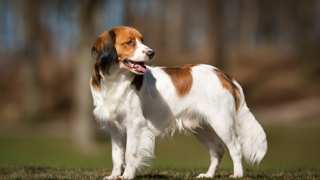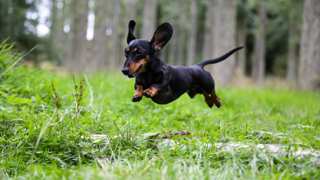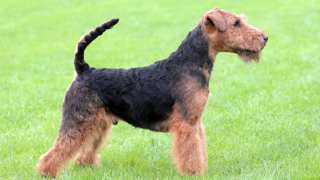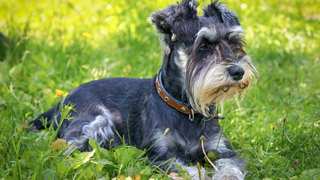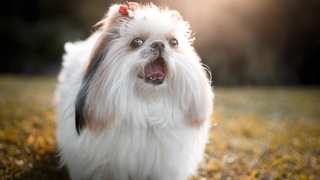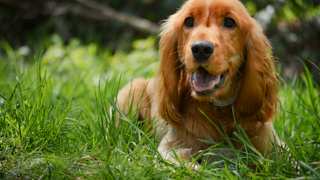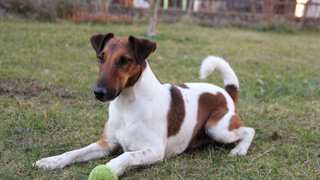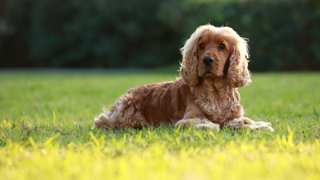The Scottish Terrier diet, just like any dog's, is crucial to its well-being. This particular breed is small but active, so Scotties' dog food will need to be high in animal proteins and carbohydrates--but these dogs are picky eaters, and they're known to commonly suffer digestive issues as well, so owners may need to experiment with several different food brands before settling on a kind that is both appealing to the dog and not upsetting to its digestion. The most common food type for a Scottish Terrier, according to owners, is dry kibble--but a premium brand is best since it's higher in proteins and carbs than cheap dog food.
Though these amounts may vary depending its age, size, and activity level, typical adult Scottish Terrier food portions should equal 1-1¼ cups per day, divided into two meals. Puppies should eat a bit less: about ¾ cup per day, divided into three meals until six months of age. For more info, see this feeding chart:
Scottish Terrier Feeding ChartDog AgeDog WeightFood TypeAmountFrequency2 Months3 lbsDry0.15 cups3x/day3 Months6 lbsDry0.2 cups3x/day6 Months12 lbsDry0.3 cups3x/day9 Months16 lbsDry0.5 cups2x/day12 Months+20 lbsDry0.6 cups2x/dayUnfortunately, Scotties are quite prone to obesity. And these dogs arrive at this condition due to both overeating and because they commonly develop hypothyroidism, a condition that will (among other things) affect their metabolism and cause them to gain weight. The condition isn't life-threatening, but it may require the dog to need daily hormone medication for the rest of its life. Regardless, it's a good idea to stick to the above-listed food portions--and by all means, never "free-feed" your Scottie (meaning food is left in its dish all the time, allowing the dog to eat anytime it wants). Veterinarians highly recommend putting the dog's food bowl down only at specified meal times, then picking it up 20 minutes or so after the dog begins eating.
If you think you have a fat Scottish Terrier on your hands, first visit a vet to have the dog checked for hypothyroidism. You can also give your Scottie this easy Ribs Test: run a hand along its side, and if you can't feel any ribs, the dog is overweight. To help a Scottie shed pounds, decrease its daily food intake by one-fourth, and add an extra walk or play period to its daily exercise routine.

